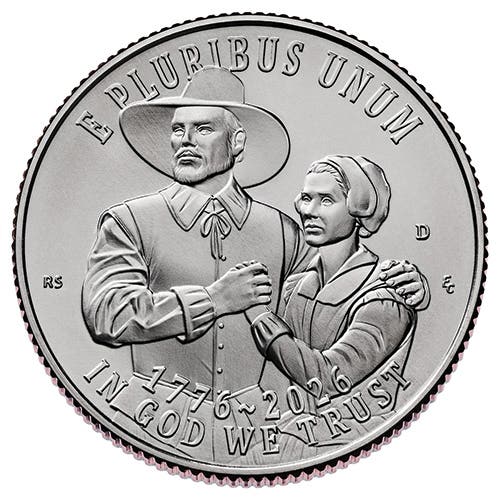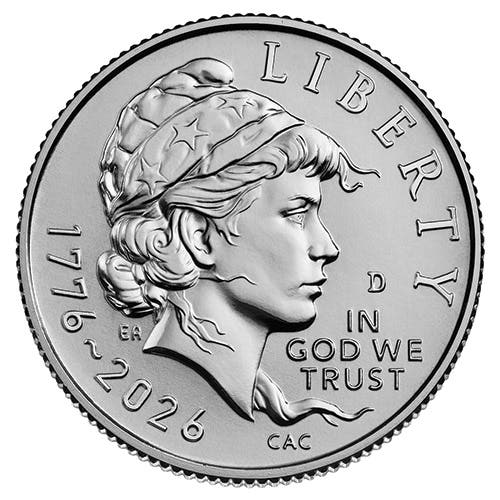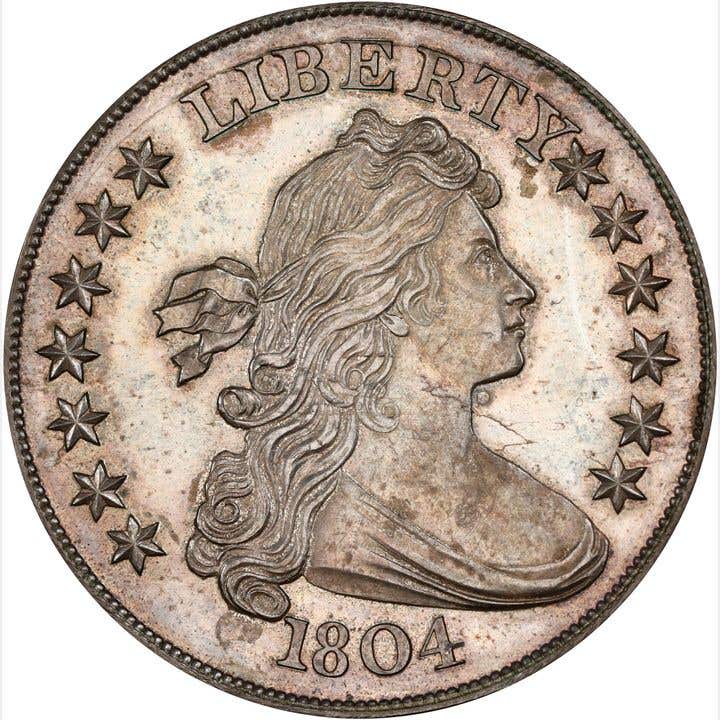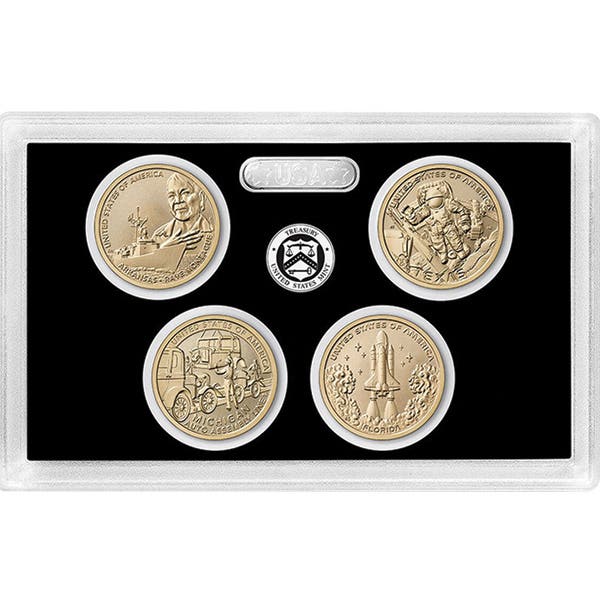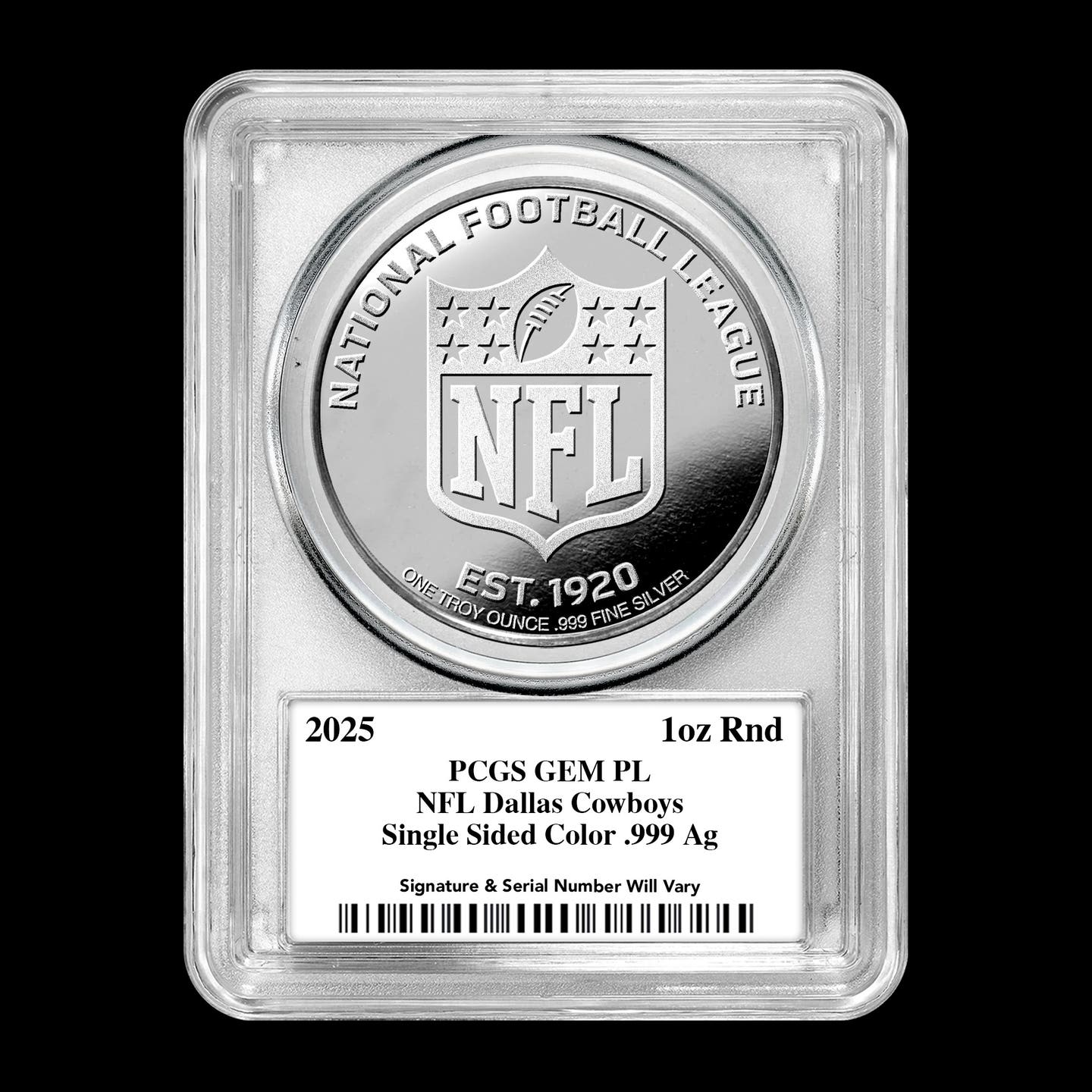‘Super-Fakes’ Challenge Authenticators
I just read this excerpt online from an article about counterfeit woman’s handbags and how deceptive they are becoming: “But one authenticator I spoke with confesses that it’s [authentication] not…
I just read this excerpt online from an article about counterfeit woman’s handbags and how deceptive they are becoming: “But one authenticator I spoke with confesses that it’s [authentication] not always so clear-cut. The fakes are getting so good to the point that it comes down to inside etchings or nine stitches instead of eight. Sometimes you really have no idea, and it becomes a time-consuming egg hunt.” Unfortunately, I forgot to get the information to give its author credit. The article’s author goes on to say that the authenticators suspect that these “super-fakes” have to be made with the help of employees or former employees of the products that are being faked.
I believe that is a good possibility. As a matter of fact, in the early 1970s, Charles Hoskins, the director of the American Numismatic Association’s certification service at that time, and I often joked that if we were to go to Lebanon, we could teach the counterfeiters how to make some really deceptive “super-fakes.” That’s because at the time the counterfeit gold coins we saw were not deceptive at all to anyone who had learned what a genuine coin looked like using a high-power stereo microscope and florescent light. At that time, the gold coins being made with counterfeit dies had tell-tale characteristics that were very easy to detect once you learned to look for them. Long-time readers may recall my story about “wormy tool marks” that were unintentionally created on a counterfeit die when it was being “worked on” to improve it by removing defects. I had been examining some questionable HR coins for weeks until one day I cranked the power of the scope up to 40X and saw these strange, random marks on its surface. Figure 1 shows a very extreme example of this type of tooling. In most cases they are never this obvious and are limited to just a few tiny lines. When the counterfeiters learned how they were making it easy to identify their work, this type of tooling disappeared from the fakes.
I don’t believe anyone at the Mint was helping the counterfeiters back then; but with what I am seeing today, we have reached a point in the field of coin authentication that it is almost as if they were. Astonishingly to me, as far back as a decade ago, a group of undetected counterfeit early copper cents were being bought and sold in the market. As far as I know, Jack Young and a group of copper sleuths were the first to detect some of them slabbed as genuine by a major third-party grading service (TPGS). This case is similar to what happened with the Micro “O” Morgan dollars. After passing as genuine in the coin market and at TPGS’s for decades, they were discovered to be fakes. Eventually, further research by dollar experts and TPGS authenticators using die combinations found that an entire family of undetected counterfeit Morgan dollars existed, some possibly made at the same time as the Micro “O” fakes. Both the Trade dollar and Draped Bust dollar series have been shown to have counterfeit coins on par with those “super-fake” handbags mentioned above.
So far, when these super-counterfeits are not Mint State and are cleaned, or environmentally damaged and made of the correct alloy and a tolerable weight, the only way to detect them is by matching any defects that were transferred from the genuine coin used as a model to produce a counterfeit die. We call these “repeating marks.” In my experience, this is usually very easy to do on lesser quality fakes because there are other things on them that might arouse suspicious. With a super fake, it may take lots of time. A good photographic memory is something the best authenticators have. I cannot count the times over the decades when I’ve seen something on a coin I’m examining with a stereo microscope and know I’ve seen that exact same mark on a coin in the past! Either I’m looking at the same coin or I’ll need to put the coin aside for further research. Be careful not to jump to false conclusions. With experience you will learn that marks on some coins were on the hub used to make the genuine die and they will appear on all the genuine coins struck with that die. Unfortunately, some “clowns” on the internet insist “Mr. Omega” also signed $10 Indians because they have mistakenly identified the tiny hub-mark inside the “R” of “LIBERTY” on genuine coins (Figure 2) as his signature mark.
One thing anyone who is interested in authentication can do is to monitor the online auction sites. I believe that is how some of the super fakes were detected originally by Jack Young’s group. Cleaning, corrosion and excessive marks on a coin can make finding repeating marks extremely difficult. When in doubt about a coin, you can always send your coin to a TPGS to be authenticated. It cannot hurt to mention your opinion either, but the graders may not see it.




